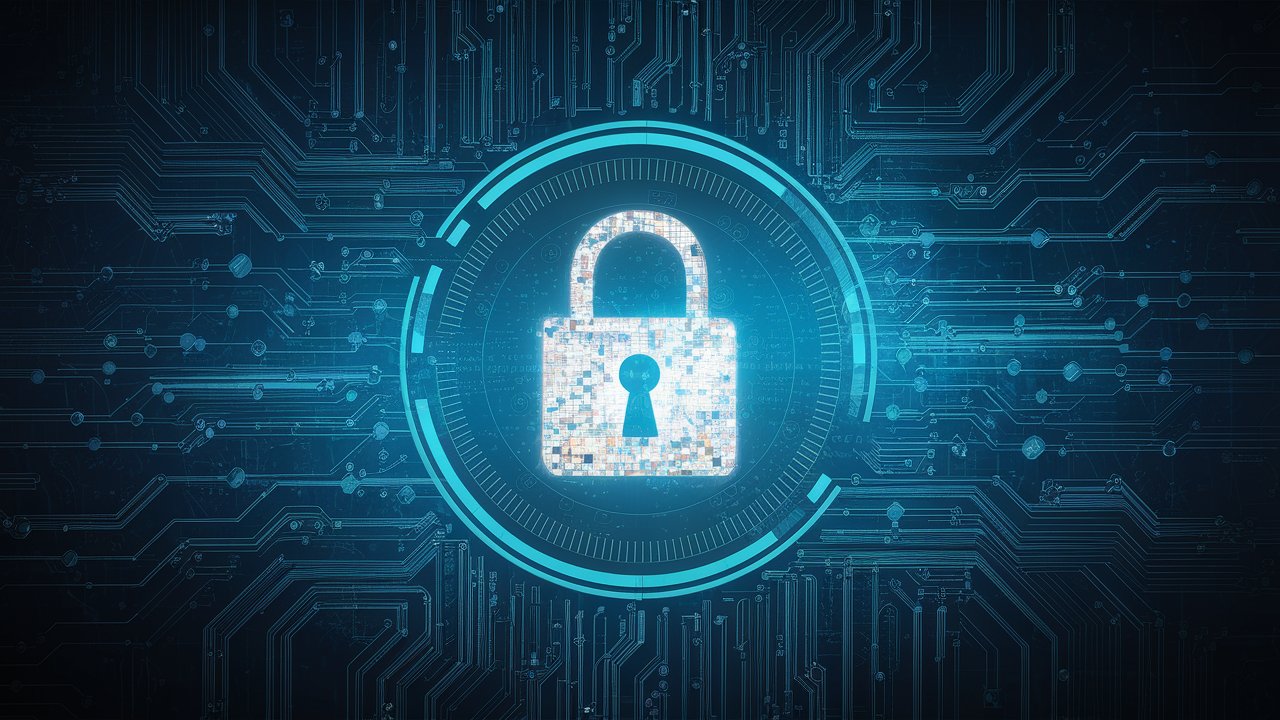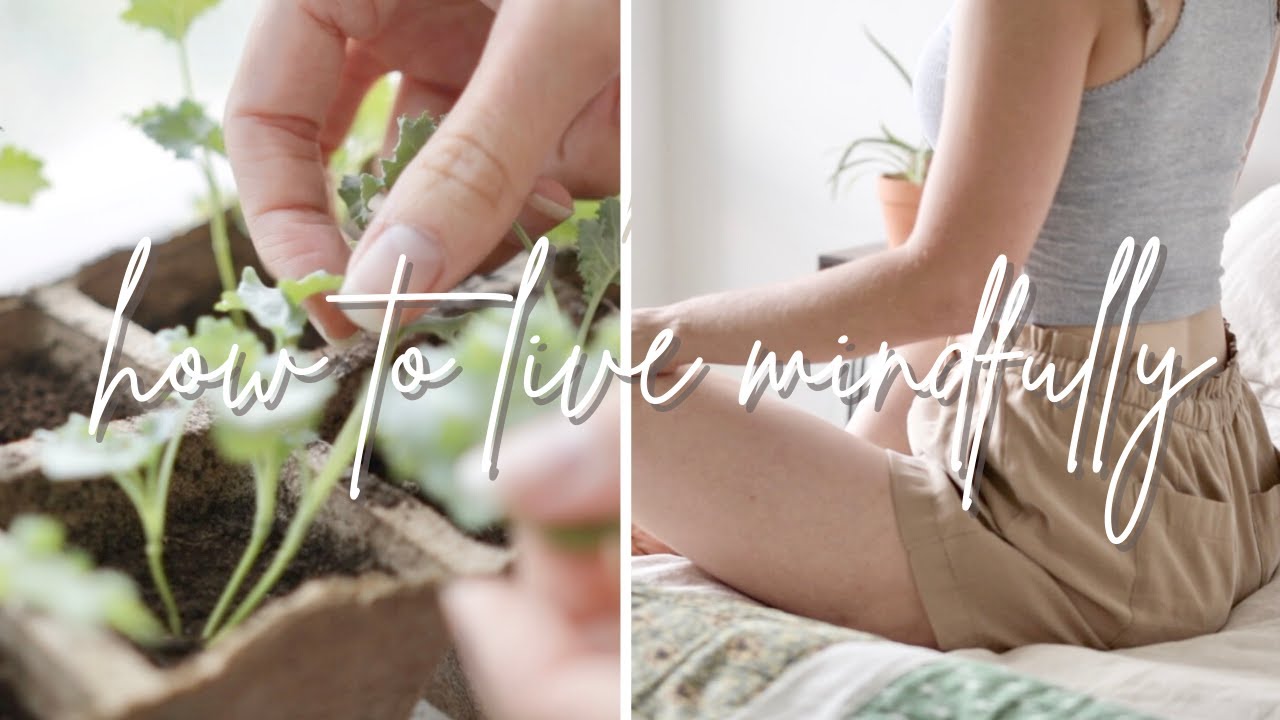


– Live News Update

In the fast-paced and digitally connected world we live in, the practice of mindfulness is gaining more recognition and importance. But what exactly is mindfulness, and why is it such a significant aspect of our lives? This comprehensive guide aims to answer these questions and provide insights into how you can incorporate mindfulness into various aspects of your life.
Mindfulness is the practice of being fully present and engaged in the current moment, without judgment or distraction. It’s about observing your thoughts and feelings without attaching any meaning to them, helping you to better understand and manage your emotions. Mindfulness is important because:
Scientific research supports the effectiveness of mindfulness. Studies have shown that mindfulness can reshape the brain by increasing gray matter, reducing the size of the amygdala (associated with stress), and enhancing the prefrontal cortex (linked to self-awareness and concentration). It also influences the body by lowering blood pressure and improving the immune system.
Mindfulness meditation is a widely practiced form of mindfulness. To get started, follow these steps:
Yoga is another effective way to practice mindfulness. It combines physical postures with breath control and meditation. By focusing on your breath and bodily sensations, you can attain a state of mindfulness during your practice. The integration of mindfulness and yoga in daily life can lead to increased awareness and inner peace.
Incorporating mindfulness into daily activities can be transformative. It’s not just about meditation; it’s about being fully present in every moment. Here are some practical examples:
Bringing mindfulness to your work life can improve focus, reduce stress, and enhance productivity. Techniques like mindful breathing and short meditation breaks can be applied throughout the workday.
Mindful communication is the foundation of healthy relationships. By being fully present in conversations and practicing active listening, you can build stronger connections with others.
Stress is a common part of life, but mindfulness can help you manage it. By observing stressors without judgment and using relaxation techniques, you can reduce anxiety and maintain a sense of calm.
Mindfulness-based therapies have been found to be effective in managing anxiety and depression. By acknowledging negative thoughts and feelings without judgment, you can gain control over your mental health.
Self-care and self-compassion are crucial for overall well-being. Mindfulness practices, such as self-compassionate meditation and relaxation techniques, can help you care for yourself more effectively.
Mindfulness has the power to unlock your creative potential. By silencing the inner critic and focusing on the present, you can approach problems and projects with fresh insights.
Teaching mindfulness to children is a valuable gift. Simple practices like deep breathing and guided imagery can help children manage their emotions and improve focus.
Educators can benefit from mindfulness practices to reduce stress and enhance their teaching abilities. Integrating mindfulness into classrooms can also create a positive learning environment.
In the high-stress healthcare industry, mindfulness can offer a respite. Techniques like mindful breathing and self-compassion practices can help healthcare professionals cope with the demands of their work.
Mindfulness plays a role in promoting social justice by fostering empathy and understanding. It can help individuals become more aware of social issues and take action for positive change.
Mindfulness is not just a state of mind; it’s a way of life. Incorporating mindfulness into various aspects of your daily routine can lead to a more enriched, conscious, and fulfilling existence. Here, we explore practical mindfulness tips for different areas of your life.
Eating mindfully is a practice that can transform your relationship with food, leading to better digestion, enjoyment, and overall well-being. Here’s how to make the most of your meals:
Walking mindfully is a practice that connects you with your physical sensations and the world around you. Whether it’s a leisurely stroll or your daily commute, here’s how to be more present while walking:
Mindful conversations are about giving your full attention to the person you’re speaking with. This not only strengthens your connection but also allows for more meaningful exchanges. Here’s how to be more mindful in your interactions:
Being mindful of your thoughts and emotions is essential for emotional intelligence and self-awareness. Here are some tips to foster mindfulness in this area:
Social media has become a significant part of our lives, but it can also be a source of distraction and stress. Practicing mindful social media use can help you maintain a healthy relationship with your digital life:
In today’s digital age, mindful tech usage can help you maintain a balanced and healthy connection with your devices. Here are some tips:
Mindful environmental practices can reduce your ecological footprint and contribute to a more sustainable world. Here’s how to be more mindful of your environmental impact:
By incorporating these practical mindfulness tips into your daily life, you can experience a deeper connection with yourself and the world around you. Mindfulness is a powerful tool that can enhance your overall well-being and transform your experiences from mundane to extraordinary. So, take a moment to pause, breathe, and embrace the present—your journey to a more mindful life begins now.
Mindfulness is a practice that offers a multitude of benefits for your mental, emotional, and physical well-being. It’s a tool that can transform your daily life, helping you find peace in the chaos, focus in the distractions, and meaning in the present moment. By incorporating mindfulness into various aspects of your life, you can unlock its full potential and live a more fulfilling and aware existence. So, start your mindfulness journey today and discover the profound positive impact it can have on your life.
No Related Post